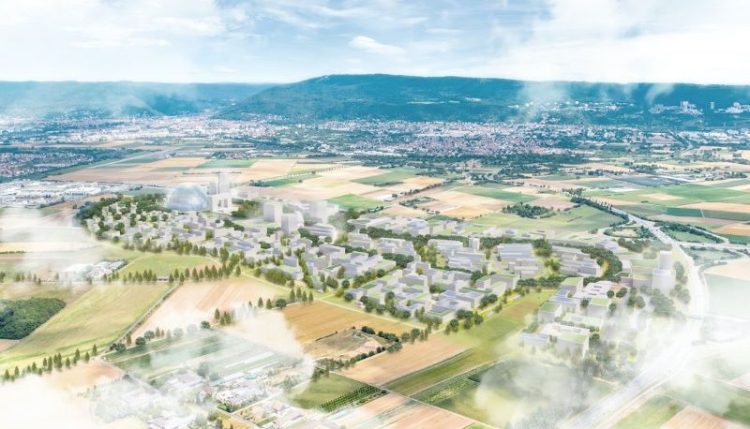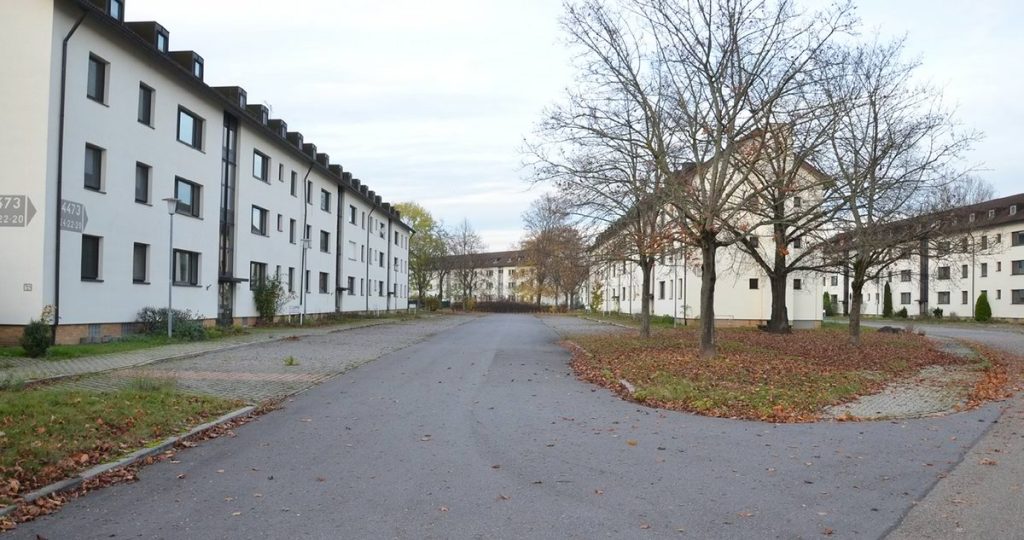
Heidelberg’s PHVision, Germany
For its urban real-life laboratory ‘PHVision’ in Heidelberg, Germany’s most influential urban regeneration tool International Building Exhibition (IBA) creates a productive city landscape. A large international team set up a Dynamic Master Plan that was agreed on by the municipal council in 2020. The development process was also accompanied by citizen participation.
The former US housing estate Patrick Henry Village (PHV) proposes prototypes for the rethinking of urbanization in an agricultural setting. Covering 100 ha in the southwest of the city, the district is Heidelberg’s largest conversion area.
Regarding a more holistic approach, the district is planning to be more sustainable ecologically and socially – and thus resistant to risks and changing conditions. As a ‘knowledge city of tomorrow’ the district will be shaped ‘by a heterogeneous population structure (around 10,000 people will live and 5,000 will work there in the future), by contemporary living and working environments, innovative open space and mobility concepts, climate-neutral energy provision and by smart, socially responsible digital technology’.

About half of the existing site hosts typical housing and open space. (Source: IBA Heidelberg 2021 steht so auf B&V website)
Productive landscape is one of the five key concepts of the Master Plan’s development. Therefore Bohn&Viljoen have been involved in the multi-stage planning process with design and design research on urban metabolism (food, water, energy) for the regeneration. ‘(…) near-natural open spaces will not only serve for nature conservation, play and leisure uses but also and in particular for the production of food and energy as well as for water management. The focus is on the direct relationship of people to natural processes and material cycles’.
Urban agriculture, metabolic streams and other components of the food system are thought jointly. The connection to productive landscape in the surrounding rural area will be strengthened as well as food growing in a productive urban landscape that is embedded in urban open and living space. As IBA announced, first pioneers should have moved into PHV during year 2022.

Urban agriculture is thought jointly with other food system components as well as with other metabolic streams. (source: Studio Dreiseitl and Bohn&Viljoen with Marcel Croxson 2021)
+++ researched and written by our colleague Antonia +++
For (further) information see the project’s own website.
https://iba.heidelberg.de/en/projects/phvision
For information on our contribution to PHVision see here.
http://bohnandviljoen.co.uk/practice/phvision-heidelberg/
For further information see here.
https://blogs.brighton.ac.uk/pulr/2020/06/23/productive-urban-landscape-becomes-part-of-new-urban-quarter-in-heidelberg-germany/
Back to previous page Related design projects
